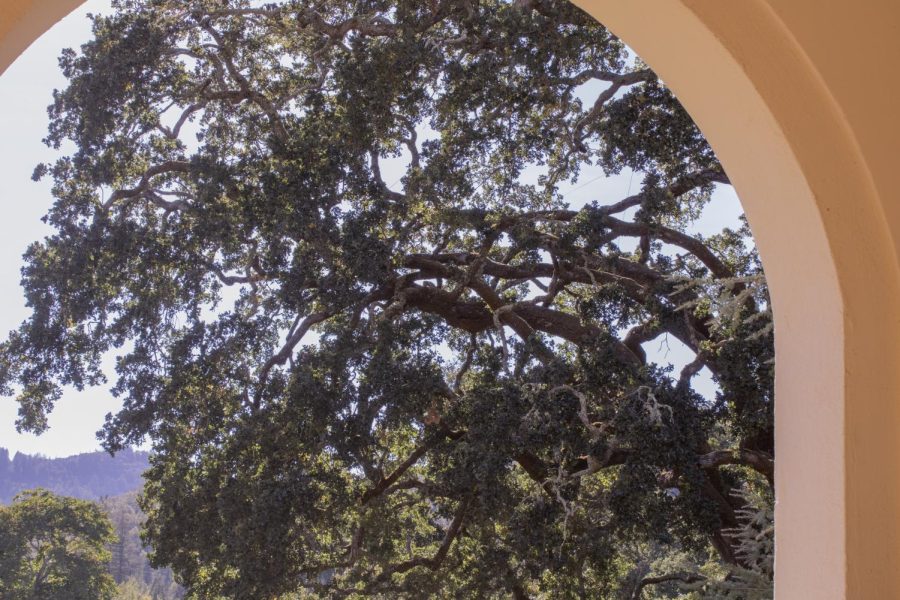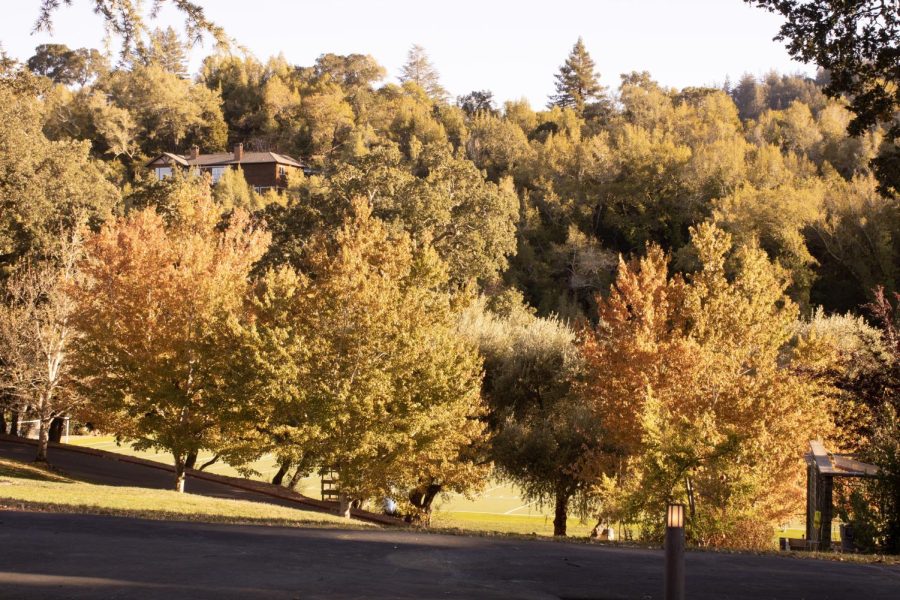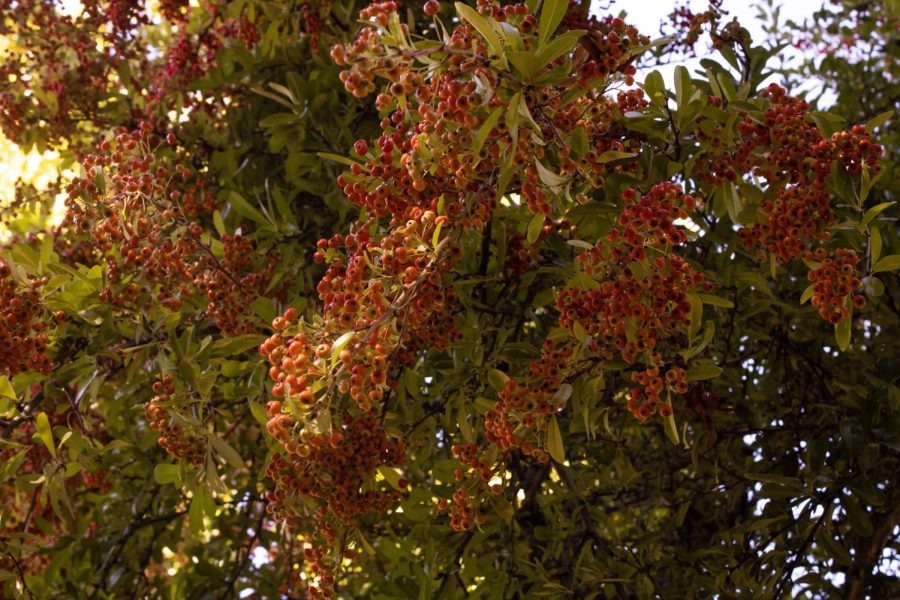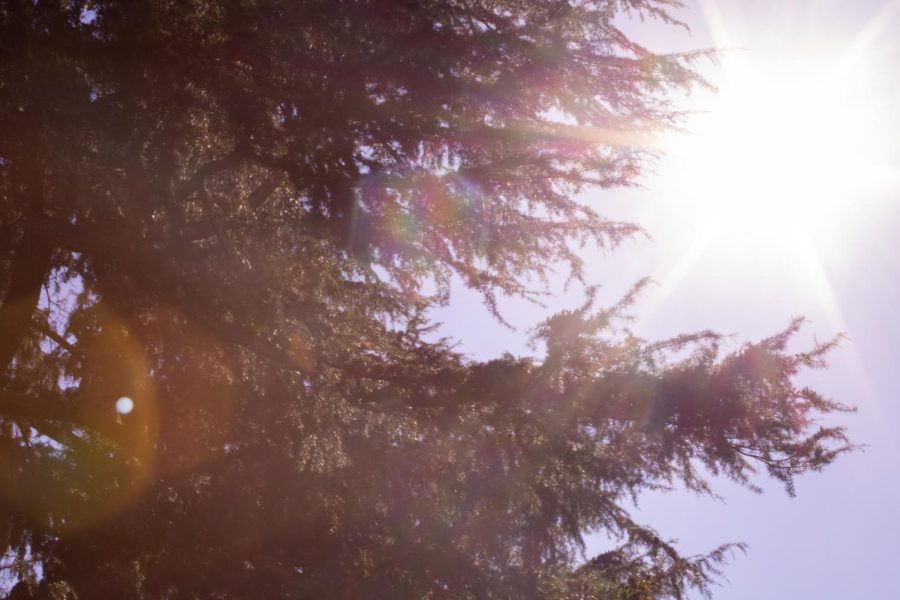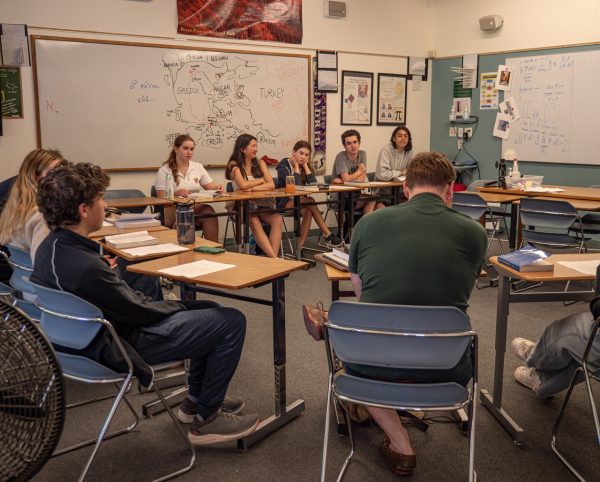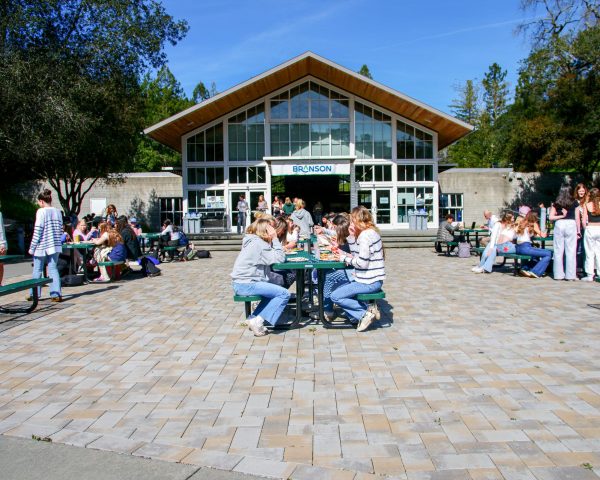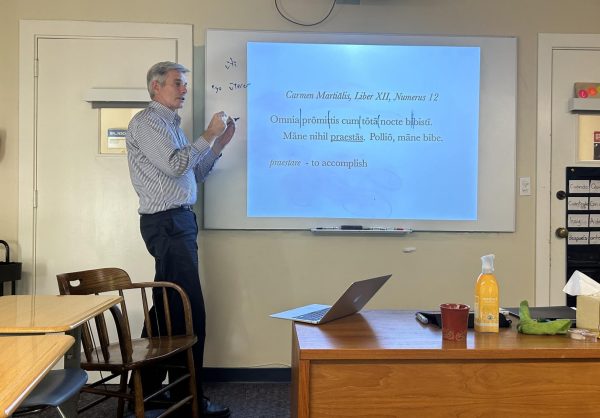The trees of Branson
November 30, 2021
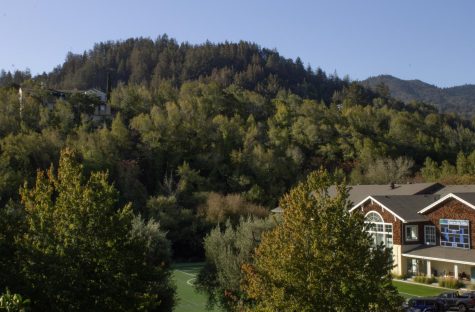
The trees of Branson are an essential part of the beauty of the campus. Nestled in the valley of Ross, the Branson campus is ornamented with many beautiful works of art. The sculptures of Douglass Fine Arts Center, the sundial between the commons and the Tom Ryan Field are all examples. A particular art at Branson — a natural art — that truly shines during the autumn part of the year is the trees.
The Giant Oak Tree
While there are many oak trees at Branson, this particular great oak stands out. Located between the crossroads of lower and upper campus, the giant oak tree has been standing at Branson for more than 35 years. It has provided many generations of Branson students, faculty, staff and families with shade and comfort. As well as being a home to many of Branson’s squirrel families, the great oak provides the campus with plentiful acorns and oak galls. The great oak is a symbol of Branson’s tucked away campus in the secluded heart of Ross because of its quiet beauty and long life.
The Ginkgo Trees
The thin frames of the ginkgo trees line the driveway from the main gates into the heart of Branson School. For a brief period during the dwindling days of September to the beginning of November, the fan-shaped leaves turn from bright yellow, to tiger orange, and finally to a dazzling cherry red. These leaves scatter the roadside and grassy lawn, allowing the perfect opportunity to make a leaf angel. The leaves capture the essence of Branson and the greater Ross area during the autumn season with their special colors and plentiful falling leaves.
The Pomegranate Tree
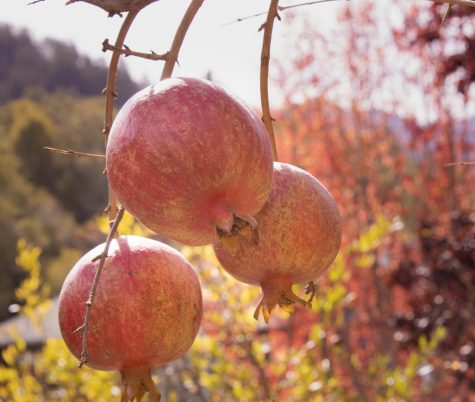
The golden-red pomegranates are a unique aspect of the Branson campus. Along with the fig, olive and apple trees, the pomegranate tree is one of the fruit trees at Branson. Located next to the garden, the tree enjoys near-constant sunlight during the day. The pomegranate tree never misses bearing fruit during the autumn season, continuously yielding about a dozen pomegranates every October. Along with its fruits, the pomegranate tree provides the Branson community with a sense of appreciation of nature for its distinct gleaming colors. The blooming of Branson’s pomegranates occurs during the waning days of August, just as the students, faculty and staff of Branson return to campus. The tree is a constant reminder of the new school year and the Branson community’s fresh start every autumn.
The Holly Trees
Along with the bright colors of the ginkgo and pomegranate trees, the holly trees have crimson red berries that are uncommonly found in nature. These berries provide Branson’s deer, squirrel and songbird populations with nutrient-rich food. While they give humans stomach irritation if consumed, the holly berries have an integral role in Branson’s animal population. Much like the pomegranate tree, the holly trees provide a sense of appreciation for nature’s beautiful colors and the wildlife that rely on them.
The Blue Spruce
Often decked out with festive decorations during the holiday season, the blue spruce tree is located behind the entrance gates of Branson in front of the library. The spruce is an evergreen, meaning the pines are relatively green all year round and don’t shed with the onset of winter. It has unique pines, usually dark blue-green or silver. The pine has been providing Branson with shade and pine nuts for many years, supplying the local squirrel population with yet another food source alongside the holly and oak trees.
The Red Maple Trees
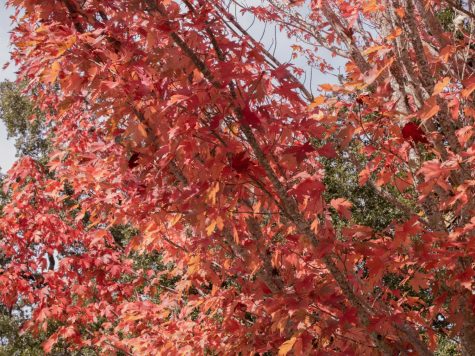
The red maple trees of Branson sparsely dot the campus. Much like the latter stages of the ginkgo trees, the red maple tree leaves have stunning crimson colors. These autumn-centered trees are most beautiful when their tender leaves are a gust of wind away from falling off the tree. The maple tree provides the Branson campus with beautiful colors and a charming presence during the autumn months.
Information for this photo essay came from interviews with alumni and students.
Correction: A previous version of this story erroneously labeled the spruce as a bishop pine. It is a blue spruce.

